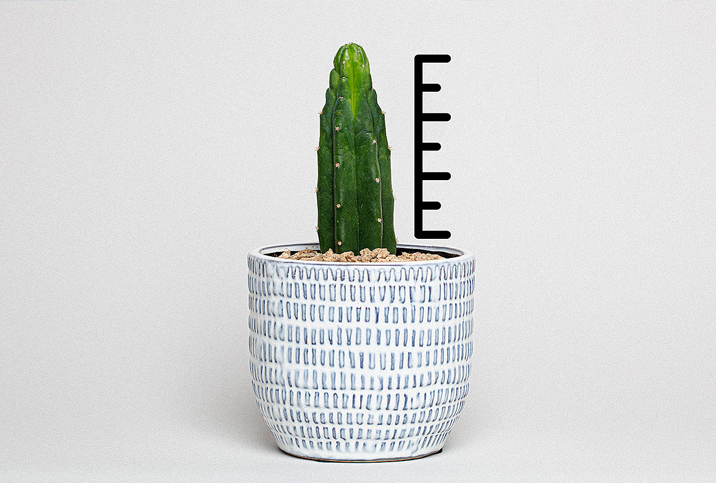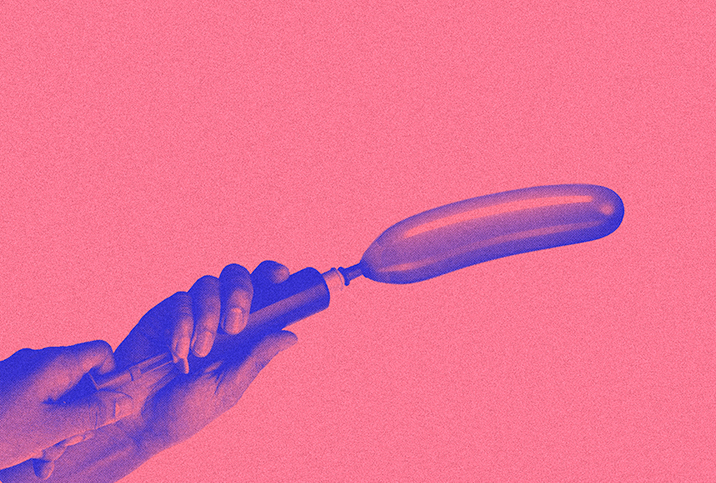When All Else Fails: My Path to Penile Implants

I had a strong libido. Suddenly, at 38 years old, I had a problem: erectile dysfunction (ED).
What now?
Due to years of having diabetes, traditional ED treatments failed me. Penile pumps and constriction rings were the first approaches I tried. Disappointing. Sildenafil? No luck. Injections? Nope.
When the injections failed—living with ED already felt like torture—every performance issue in the bedroom took a small toll on my ego because, to me, I had let my wife down. I ended up in a deep depression.
Again, what now?
I knew penile implants were out there, but I assumed my insurance would never pay for the surgery, and my wife was against me having major surgery just to have a sex life. But the idea stayed in the back of my mind.
Fourteen years later, I found myself in a surgeon's office. The road that brought me there had been long. It had been emotionally and, at times, physically painful. I was determined to regain what I felt I had lost of my manhood.
The doctor examined me and then started describing what penile implant surgery would entail. Without hesitation, I told him to schedule it. Yes, my wife was against major surgery, but I knew I needed to do this for myself.
I also knew someone else had to be on board.
Convincing my wife
For years, I could never understand why she was against our having a shot at a normal sex life. Finally, when I reached the point where I was determined to at least speak to a surgeon, I sat my wife down one more time and asked why she was so against me getting an implant. She confessed that she felt it was too much of a sacrifice to go through.
She feared complications.
After assuring her this was something I needed to do for us—promising to let her ask the surgeon all the questions she wanted to didn't hurt—she relented.
First up was a visit to a local urologist for a referral. Having not seen a urologist before, I didn't know what to expect. On the day of the appointment, we discussed my problem and he performed a physical exam to rule out other issues besides the ones that came with my diabetes.
After the appointment, the doctor referred me to someone two hours away. My wife immediately started researching him and discovered we had been fortunate enough to be referred to a very skilled and qualified surgeon who was one of the best at performing penile implant surgery. Anyone considering an implant should do the research and find a surgeon who has done the surgery more than just a few times.
I had researched penile implant types and discovered there were two. One consisted of a jointed rod inserted in the shaft of the penis and straightened by hand before sex. The other device consisted of a pump placed in the scrotum that moved saline from a reservoir put in the lower abdomen into two inflatable tubes inserted in the penile shaft. After much thought, I decided on the pump-and-saline route.
The doctor asked if we had any questions, and my wife asked about possible complications and recovery time. He explained that after surgery, I had six weeks of recovery time to ensure the device wouldn't move, but I would need to inflate and deflate the device several times from week three to week five in a process called cycling.
When he asked if I had any questions, I told him I had only one: Was he sure my insurance would approve it? He assured me it would. Before we left, I was given a model of the device that would be placed inside my penis and scrotum, and surgery was scheduled for two weeks out.
On the drive home, my wife asked me if I was sure about the surgery, which told me she was still worried. Waiting the two weeks felt like waiting on Christmas as a kid.
Today's the day
When the day of the surgery finally arrived, I was eager to get there, but I could tell my wife was still concerned.
We arrived at the hospital and I checked in. I was soon met by a nurse. My wife was shown to a waiting area and told a nurse would keep her updated every 30 minutes. I was directed to the room I would be brought to after surgery, given a gown and a bag for my clothing, then left to change. After I changed into the gown, the nurses came in, double-checked everything and placed an IV in the back of my hand.
In minutes I was on the way to the operating room, where the surgical team moved with well-oiled precision, and soon I was under.
The surgery took one and a half hours and went smoothly. Upon waking, I realized they had inserted a catheter, which was soon removed, and I was told I wouldn't be discharged until I urinated. I felt no need since the catheter had emptied my bladder.
When it came time to leave, they handed me my clothes but sent me home in the gown. The nurse said if I didn't urinate within 12 hours, I was to go to the emergency room. I was in more pain than I expected, but soon, with nurses helping me into the car, I was headed home.
Once at home, I realized we had a problem: No nurses to assist me this time. After 15 minutes, I managed to get out of the car and walk into the house to a strategically placed recliner. My instructions for the first few days were to only get up to use the bathroom. That was easier than I expected because after more than 24 hours, I still couldn't urinate.
By the 36-hour mark, I headed to the ER.
From the ER to erections
One hour and 1400 ccs of urine later, I went home with a catheter in place and instructions to return in two weeks to have it removed. The doctor explained that a full bladder normally holds 800 ccs (cubic centimeters) of urine, and I had come in just in time to avoid damage to my bladder.
Back home, I settled in to wait out the six weeks of recovery time.
We had been instructed at the three-week mark to start cycling the implant twice a day at about half inflation. When I hit that milestone, I realized I was in fear of pain the first time we cycled the device; thankfully, there was none. At five weeks, I returned to my local urologist to let him check up on how I was healing, and he also cycled the device. I tried to get him to clear me to start using the device, but he held firm that I should wait until six weeks had passed. I left angry, having no choice but to accept his decision.
My wife, unsurprisingly, sided with the doctor.
Finally, my wait was over and I was anxious for a new start to my sex life. On our first night of actually using the implant, we couldn't decide whether we should use full inflation. We erred on the side of caution and pumped the implant a few more times than we had while cycling it. In a matter of minutes, I had an erection for the first time in years. The feared first-time-use discomfort never materialized.
Everything worked perfectly.
While I was aware of my implant when it was new, that awareness has lessened to the point where it's no longer noticeable. An implant may not be for everyone—and it certainly isn't a treatment of first resort—but I would gladly have the surgery again.
I just wouldn't wait 14 years and suffer such a damaged ego before I did.



















Commentary